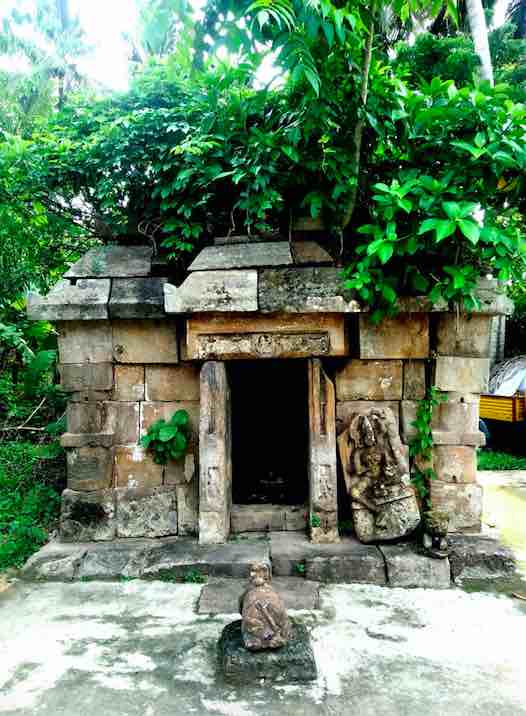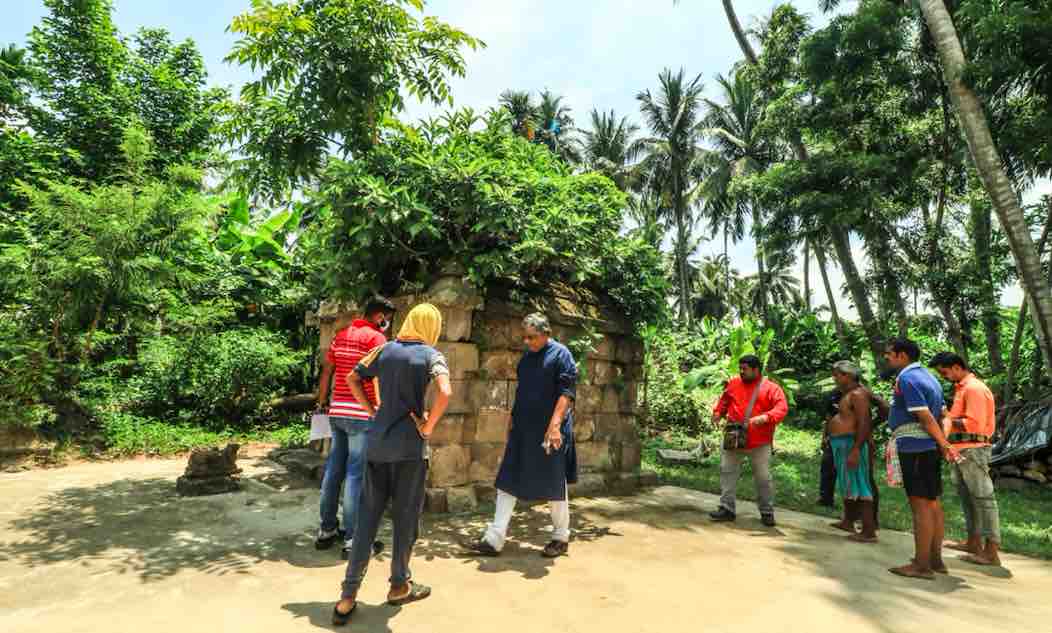Odisha Govt To Restore 1400-Yr-Old Shaivite Temple In Pipili

Bhubaneswar: The Odisha government will fund the restoration of Swapneswar Mahadev Temple at Birapurusottampur under Pipili tehsil in Puri district, informed Tourism and Culture Minister Jyoti Prakash Panigrahi.
“Held discussions with the villagers and the officials of the Pipili constituency. The government has promised to soon provide funds for restoration of this old temple,” Panigrahi wrote on his Facebook timeline.
A four-member team of Indian National Trust for Art and Cultural Heritage (INTACH) recently stumbled over the ruins of this temple while conducting a detailed survey of the Ratnachira Valley and its monuments.
The INTACH claimed that it is in all probability an early stone temple dating back to the 6-7th century in the post-Gupta era.
 The temple is made of square Khandolite stone blocks with no binding or cementing as is seen in most Odisha temples such as Bhubaneswar’s Lingaraj Temple and Puri’s Jagannath Temple built in the 11th and 12th century onwards.
The temple is made of square Khandolite stone blocks with no binding or cementing as is seen in most Odisha temples such as Bhubaneswar’s Lingaraj Temple and Puri’s Jagannath Temple built in the 11th and 12th century onwards.
“Taking into account the material and style of this temple, it is evident that it was built at least 1300 to 1400 years ago, and is among the oldest intact temples in the region,” said INTACH project coordinator Deepak Nayak.
INTACH member and researcher Anil Dhir said similar temples are seen in the Mahendragiri hill ranges of southern Odisha. “The square Khandolite stones blocks are placed one over the other in symmetry to constitute the temple wall and roof. No evidence of iron clamps has been seen. The neatly chiselled blocks denote to an era when Kalingan traditional temple architectural style was in its infancy. The temple is devoid of any external embellishments on both the inner and outer walls; even the parsadevata (deity) niches are empty,” he added.
The INTACH team rued the precarious state of the temple structure. “Growth of thick vegetation on the top and the sides has caused severe damage. The thick roots have split the stone blocks and wide cracks have developed, the rear wall is dangerously leaning backwards. The garbhagruha (sanctum sanctorum) gets flooded because of the leaks on the roof. The entire temple may crumble down anytime if proper measures are not taken immediately,” Dhir said.

Deepak Nayak further said there is no information as to whether the State Archaeology or the Archaeological Survey of India has made proper surveys of the area.

Comments are closed.